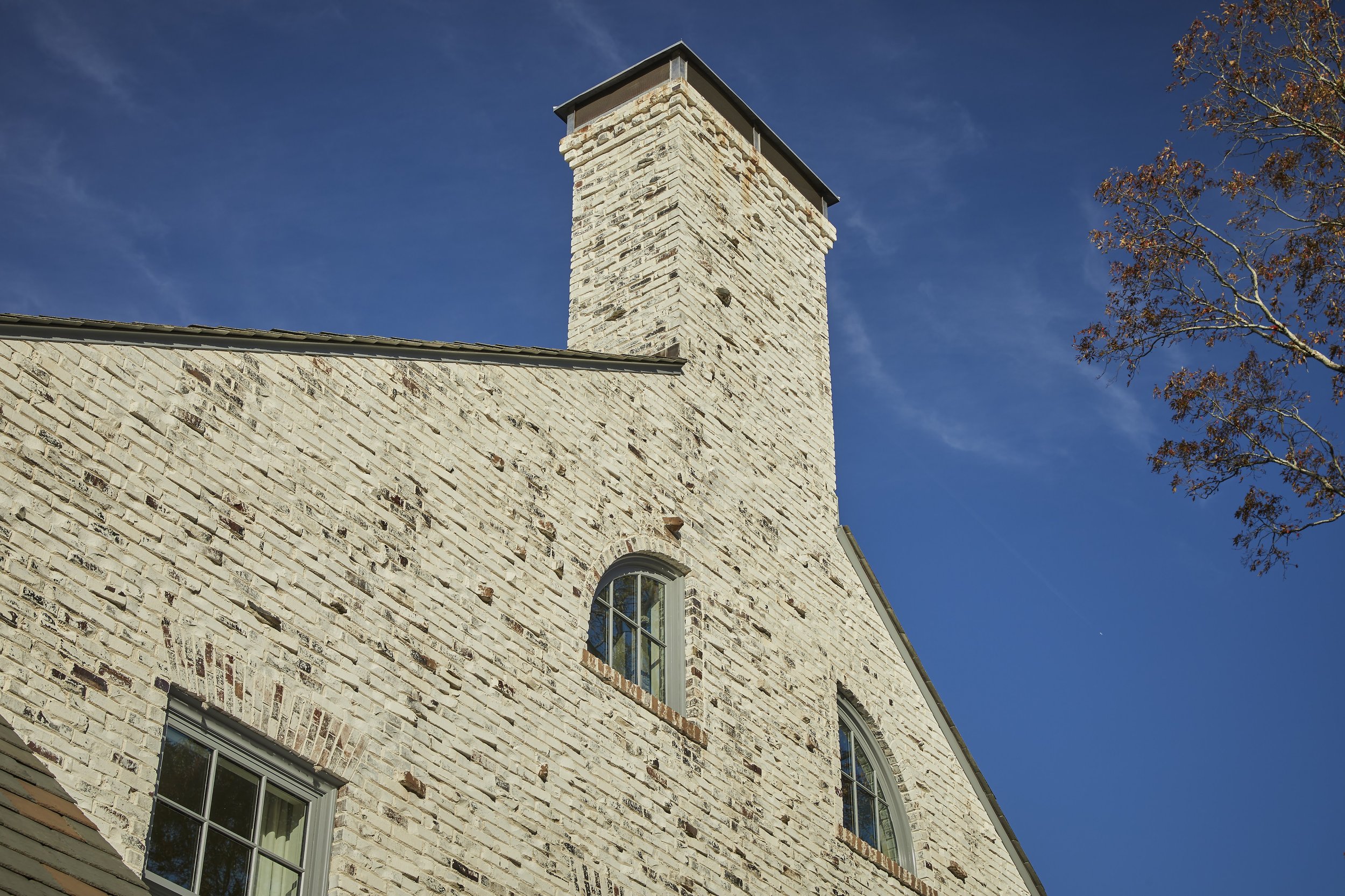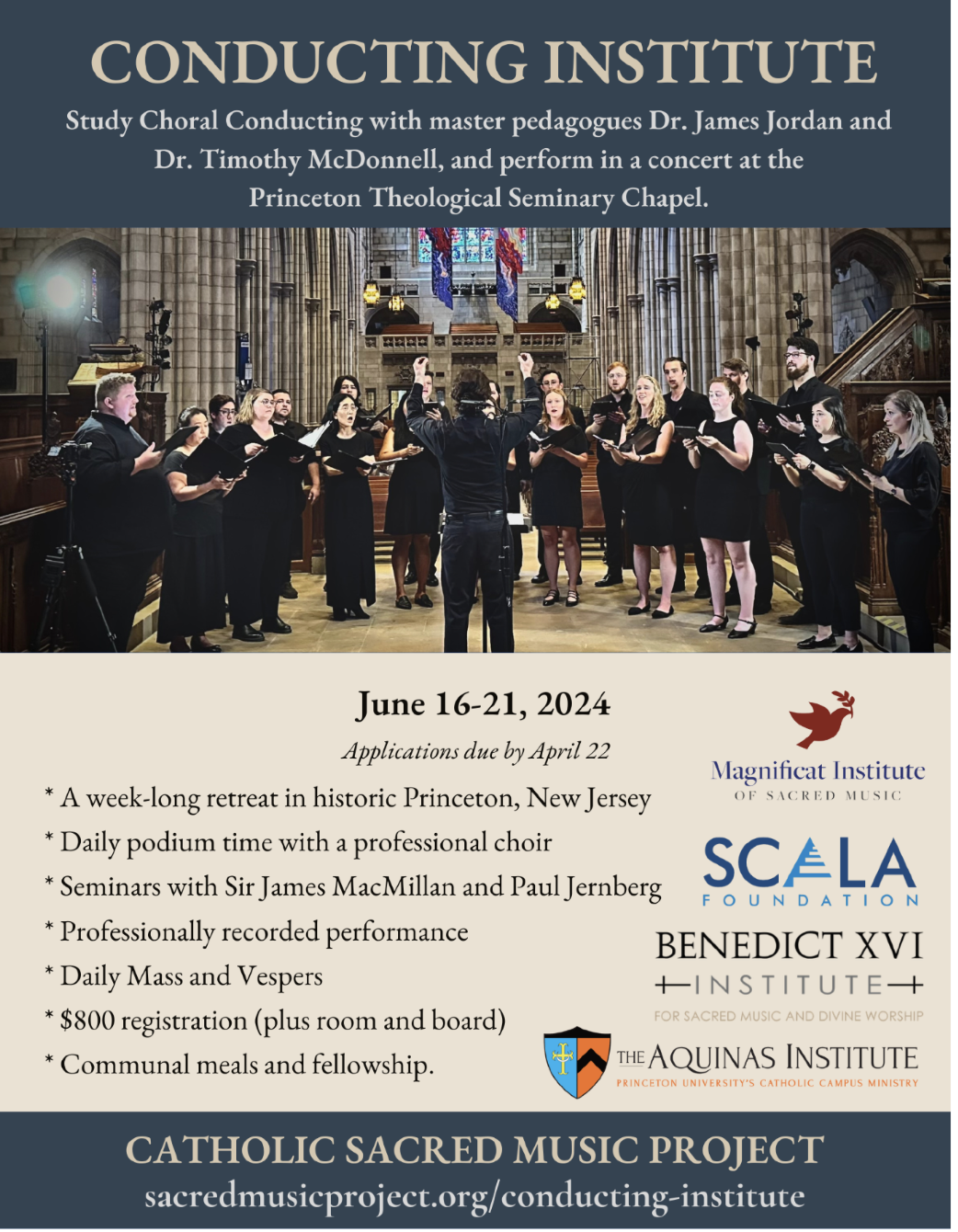Students Getting an Authentic Traditional On-the-Job Apprentice Training
The excellent Stabat Mater Studio—an art school I recommend for soup-to-nuts training in naturalistic art styles—opened this September! As Scala Foundation Artist-in-Residence, I have been consulted as a sounding board by Executive Director Robert Puschautz, whose vision this formation reflects.
This Fall, a mixture of full-time core students and part-timers began intensive instruction in the fundamentals of drawing from Robert and Art Fellow AnneMarie Johnson.
One key distinguishing the Stabat Mater Studio from other classical art programs is that it is a working studio with an openly Catholic ethos that offers students on-the-job training by participating in commissions given to the studio's master artists.
It's most recent project, this Fall, was for St. Joseph’s in Mason, TX. Stabat Mater Foundation was in charge of the stencilling portion of this historic church's renovation under Studio Io's guidance. After the stencilling was finished on-site, the whole studio, teachers and students came together to complete the Tree of Life mural behind the crucifix, which was then adhered to a board behind the altar. Photos are shown here.
“One of our goals is to share an integrated approach to art with students. We are not just making pretty pictures for walls but trying to create work that reflects the cosmological order of the universe. That means creating a harmony between the architecture, the artwork and objects that go into the church and the mission and function of that liturgical space.” - Robert Puschautz.
You can read about their intensive integrated training program here. It is a uniquely well-rounded program rooted in rigorous academic method training but certainly not limited to it.
A couple of features particularly caught my eye:
First, they include training in sacred geometry, harmony, and proportion, which is unique to this school.
Second, they transition the students from being able to draw and paint accurately what they see - which is hard enough - to creating original paintings that draw on the imagination of the artist and the memory of what they have observed in the past. This final stage is so often missing in the ateliers that have sprung up around the country, and it leaves artists at a disadvantage if they don't have it because they can only reproduce scenes they create in the studio. This is why so many naturalistic paintings being commissioned look like a static Victorian tableau in which the girl next door is dressed up as the Virgin Mary.
Also, Pontifex University is proud to partner with Stabat Mater atelier. Through our online courses created in art theory, created for the Master of Sacred Arts program, we offer intellectual formation and deep inculturation that accompanies the training in artistic skills that the Stabat Mater atelier offers.
Contact Studio Io for church renovation commissions and Stabat Mater Foundation for artistic and decorative commissions.













































